In a world where every quest, every challenge, and every online duel hinges on connectivity, WiFi has become the lifeblood of our gaming realm. Over 4.57 billion people dive into the internet’s vast expanse, and a significant portion does so over WiFi.
Yet, as gamers, our epic battles aren’t just against mythical creatures or enemy factions. Often, the fiercest adversary is that dreaded “No Internet Connection” icon on a laptop. Common issues? Unexpected disconnections, slow speeds, or the inability to connect at all. As we embark on this journey together, let’s unravel the enigma of these WiFi woes and bring the fight to them.
Understanding the Basics
The laptop, much like a mysterious artifact in an ancient game, consists of two intertwined realms: hardware and software. In numbers, hardware faults account for about 30% of all tech issues, while software glitches claim the rest. But what do these terms mean in our WiFi arena?
- Hardware: Think of it as the physical totem, the tangible equipment. This includes our WiFi card, router, and even the tiny antennas embedded within the device. When these falter, our connectivity suffers a direct hit.
- Software: This is the unseen force, the magic spell that runs in the background. Drivers, settings, and applications – all part of this realm. Software glitches often disguise themselves as connectivity issues, leading many a warrior astray.
Before unsheathing our weapons and charging forth, it’s paramount to know our adversary. Is it a physical barricade? Or an ethereal one? Pinpointing the root cause is the key. It’s the difference between casting a spell on a ghost or striking with a blade. Choose wrong, and the battle drags on. Choose right, and victory is but a step away.
Basic Troubleshooting Steps
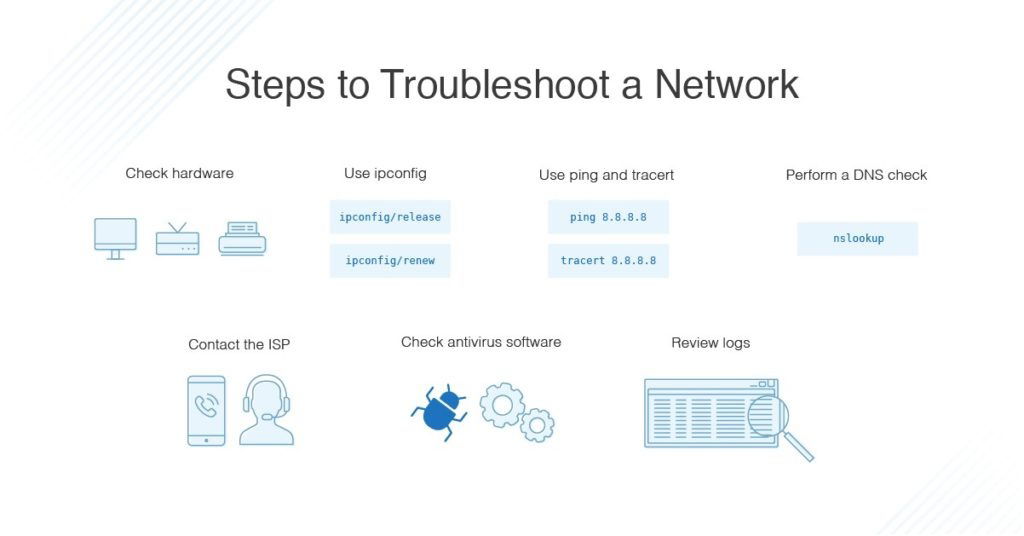
Every gamer knows: the simplest solutions are often the most overlooked. The quest for a steady WiFi connection is no different. Before diving into the depths, let’s embark on the foundational steps.
1. Check the WiFi Switch/Button:
Within our laptops lies a simple mechanism, much like a hidden switch in a game puzzle. The WiFi switch or button. A slight nudge, an accidental press, and voila, our portal to the digital realm is severed. Check it. Make sure it’s in the ‘on’ position. Sometimes, the solution is but a click away.
2. Reconnect to the Network:
Imagine stepping into a portal, only to find it glitched. Do you stand still or step out and in again? Similarly, if the digital world seems distorted, disconnect. Take a breath. Reconnect. More often than not, this dance does the trick.
3. Restart the Laptop:
Ah, the age-old ritual. The legendary “turn it off and on again” mantra. It’s no mere myth. Like respawning in a game, rebooting the laptop refreshes its essence, clears the temporary cobwebs, and offers a fresh start. When in doubt, restart. The odds are in your favor.
Hardware Checks
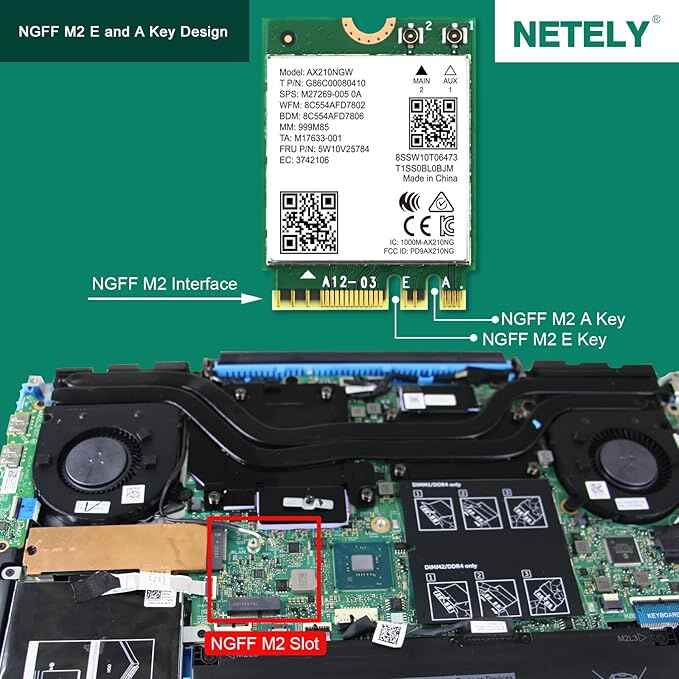
Venturing into the physical realm of a laptop, much like delving into a dungeon, requires preparation and caution. Brace yourself; we’re about to tackle the hardware demons.
· Inspect the Physical Wireless Card
Deep within the fortress of your laptop lies the heart of your wireless connection – the Wireless Card. Its location varies, but much like a hidden relic, signs of wear, tear, or damage scream for attention. A simple visual inspection can reveal if it’s been compromised by the battles it’s seen.
Steps to Inspect the Physical Wireless Card
- Safety First: Before you start, turn off the laptop. Unplug it from any power sources and remove the battery if possible.
- Gather Tools: Have a small Phillips screwdriver on hand, and perhaps some tweezers. Some laptops may require specific tools or screwdriver types.
- Find the Access Panel: Turn the laptop upside down and locate the access panel. It’s usually a small rectangular section held in place with one or more screws. Some laptops might have their wireless card under the main panel, so refer to your laptop’s manual if unsure.
- Open the Access Panel: Using the screwdriver, gently remove the screws securing the panel. Place them in a safe location.
- Locate the Wireless Card: Once the panel is removed, look for a small card (often rectangular) that’s attached to the motherboard. You should see one or two wires (antennas) connected to it.
- Inspect Visually:Check for any signs of physical damage, burns, or disconnections.Ensure the antenna wires are securely connected. They usually snap on and off, but be gentle if you try to reseat them.Look for any debris or dust and clean it carefully with compressed air.
· Re-seat the Wireless Card
It’s an endeavor not for the faint-hearted. For those seasoned in opening their digital companion, re-seating the card can rejuvenate its connection. Like placing a sacred stone back onto its pedestal, ensure it sits snug and connected.
Steps to Re-seat the Wireless Card
- Access the Wireless Card:Turn the laptop upside down.Locate the access panel, usually a small section held down by screws.Using your screwdriver, gently remove these screws and set them aside safely.
- Identify the Wireless Card: Once inside, the wireless card is a small, often rectangular component attached to the motherboard, typically with one or two antenna wires connected.
- Gently Remove the Antenna Wires: These are often held down by small, snap-on connectors. Very carefully use the tweezers (or a fingernail) to pry them off. Remember their position for reattachment.
- Remove the Card:The card itself is generally held down by a screw or is slotted into a connector.Carefully remove any securing screw.Gently slide or lift the card out of its slot.
- Re-insert the Card:Hold the card by its edges and align it with the slot.Gently but firmly push the card back into place.Secure it with the screw, if it had one.
- Reattach the Antenna Wires: Snap the antenna connectors back onto the card. Ensure they’re attached firmly and in their original positions.
- Close It Up: Replace the access panel and secure it with the screws you set aside.
- Power and Test: Insert the battery (if removed), power on the laptop, and check if the WiFi is functioning properly.
External USB WiFi Adapter:
When internal paths falter, external allies come to the rescue. Much like summoning an ally in a dire fight, an external USB WiFi adapter can be your savior. It’s a swift fix, especially if the internal card bows to the shadows. Always good to have one in your arsenal. Just plug, play, and proceed into the digital battleground.
Software Fixes
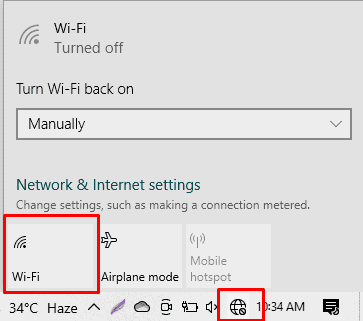
In the realm of the digital, challenges lie hidden, coded in zeros and ones. But fear not, for with the right incantations and spells, these challenges can be overcome.
· Update Network Drivers
Like equipping a knight with sharper swords, updating your network drivers enhances performance. Journey to the device manager, seek out your network adapters, and ensure their drivers wield the latest power. Old spells weaken over time; always harness the new.
Steps to Upgrade Network Drivers
- Identify Your Network Hardware: Open Device Manager – Find ‘Network adapters’. Note your wireless adapter name
- Automatic Update via Device Manager: Right-click wireless adapter. – Choose ‘Update driver’ – Select – ‘Search automatically’.
- Manual Update: Visit laptop or network card manufacturer’s site – Find ‘Support’ or ‘Drivers’ – Search laptop or adapter model – Download and install the latest driver.
- Third-party Driver Update Tools: Install software (e.g., Driver Booster) -Scan for outdated drivers- Follow instructions to update.
- Restart Your Laptop: Ensure changes take effect.
- Verify the Update: Go to Device Manager – Check ‘Driver Date’ and ‘Driver Version’ under wireless adapter properties.
· Forget and Re-add Network
Sometimes, bonds must be broken to forge stronger ties. In the digital kingdom, this means deleting known networks and reestablishing connections. It’s akin to wiping an old slate clean and starting anew – often clearing any lurking jinxes.
Steps to Forget and Re-add Netwrok
- Access Network Settings:Right-click on the WiFi icon (taskbar) – Choose ‘Network & Internet settings’.
- Open WiFi Settings: Click on ‘WiFi’ on the left pane – Click ‘Manage known networks’.
- Forget the Network:Find your WiFi network on the list – Click on it – Select ‘Forget’.
- Reconnect to the Network:Go back to the WiFi settings – Find your network from the list of available networks – Click on it and select ‘Connect’.
- Enter Network Credentials:Input the WiFi password – Click ‘Connect’.
- Confirm Connection:Ensure the WiFi icon shows a connected state – Browse or use an app to ensure you’re online.
· Reset Network Settings
When the paths are muddled and the roads are twisted, sometimes, it’s best to start afresh. Resetting your network settings is like conjuring a new dawn, washing away the old and welcoming a world of default clarity.
Steps to Reset Network Settings
- Access Network Settings:Right-click on the WiFi icon in the taskbar – Select ‘Network & Internet settings’.
- Navigate to Reset Options:Click on ‘Status’ on the left pane – Scroll down and choose ‘Network reset’.
- Start the Reset:Click on the ‘Reset now’ button.
- Confirm Reset:A warning will appear, indicating that your network settings will be removed and some apps may be affected – Click ‘Yes’ to proceed.
- Restart Your Laptop:Once the reset is complete, you’ll be prompted to restart your computer to finalize the changes.
- Reconnect to WiFi:After restarting, you’ll need to reconnect to your WiFi network – Click on the WiFi icon in the taskbar – Choose your network, input the password, and click ‘Connect’.
- Verify Connection:Make sure you’re successfully connected to the internet by browsing a webpage or using an app.
· Check for Larger Software Issues
Beyond the immediate horizon lies vast digital landscapes. Sometimes, the issues aren’t just with the connection but the very lands themselves – your OS. Ensure your operating system isn’t tainted by corruption or plagued by lingering software specters. A fresh install, though a step of last resort, can be the final exorcism for stubborn demons.
Router and Modem Checks
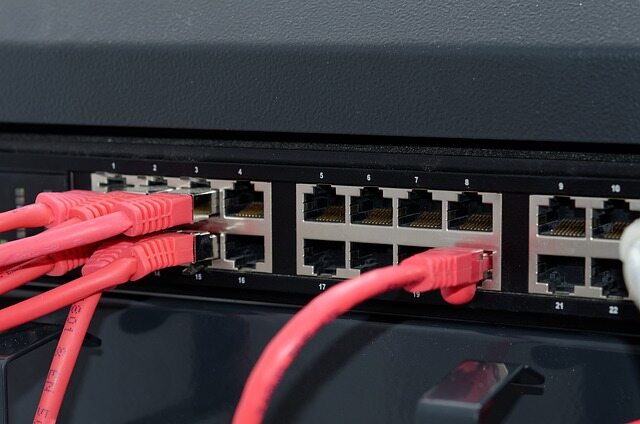
In the nexus of connections, where all devices gather, the router and modem stand as sentinels. But even guardians falter.
· Power Cycling
Just as a weary traveler rests to regain strength, so too must our digital gatekeepers. Turn off your router/modem, let it dream for a moment, then awaken it. This brief slumber can dispel lingering curses.
· Checking for Overheating
Machines, like mortals, tire. Place a hand upon your router. If it burns like a dragon’s breath, give it respite. Clear its surroundings, and let cool winds breathe life back into it.
· Update Router Firmware
Arcane texts and scrolls update over time. Your router’s ancient lore, its firmware, must also evolve. Traverse to its digital heart via a web interface, and ensure it wields the latest spells.
· Testing with Other Devices
In a dance of machines, one faltering step disrupts the rhythm. Test with other devices. If they too stumble, the dance floor – your network – is amiss. If they dance gracefully, then the laptop alone bears a burden.
Advanced Solutions
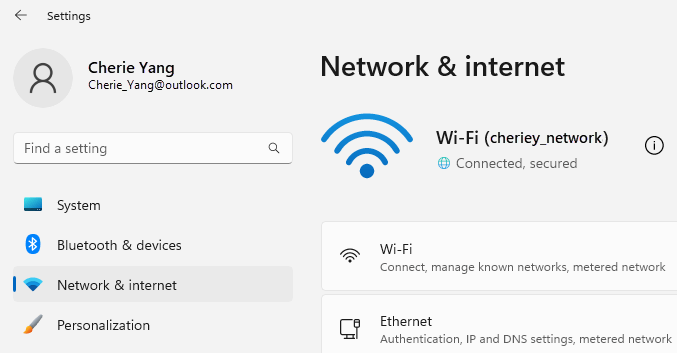
In the labyrinthine corridors of a laptop’s mind, sometimes, one must delve deeper, confronting eldritch mechanisms that lurk in shadowed recesses.
· DNS Changes
Whisper to your device the secrets of the ancients. Guide its thoughts to realms beyond, like Google’s 8.8.8.8 or Cloudflare’s 1.1.1.1. These sentinels of cyberspace, called DNS, might shepherdyour connection back to clarity.
· Check IP Conflicts
In the vast symphony of the digital realm, no two devices should sing the same note. Ascertain that none bear the same IP address, for such dissonance can bring chaos.
· Command Line Resets
Invoke the arcane incantations upon the command altar. Murmur spells like “ipconfig /renew” or “netshwinsock reset”, and compel the digital spirits to bend and reshape the connection pathways.
Seeking Professional Help
In the grand theater of technological woes, sometimes the guidance of a master is needed, one versed in the dark arts of circuitry and codes.
- Consult the Laptop Manufacturer: Seek the creators, the architects of your digital realm. They often hold keys to known enigmas, solutions forged in the fires of their labs.
- Visit a Tech Repair Shop: Sometimes, the heart of the laptop, like a cryptic puzzle box, must be opened and examined by skilled hands. Trust in those who dedicate their lives to deciphering the mysteries within.
- Online Forums and Communities: The vast digital woods of the internet, places like Reddit or the sacred halls of manufacturer forums, are filled with fellow travelers. Amongst them, some may light a torch for your path, offering wisdom and remedies from their own quests.
Conclusion
In the realms of the digital, the essence of a stable WiFi connection stands paramount. Like the lifelines of old, it binds our worlds, our stories, and our quests together. Do not merely accept the magic; understand it, nurture it. Tend to its needs with regular rites of maintenance and the sacred scrolls of updates. For in safeguarding this connection, we safeguard our passage through the grand tapestry of the digital ether.
